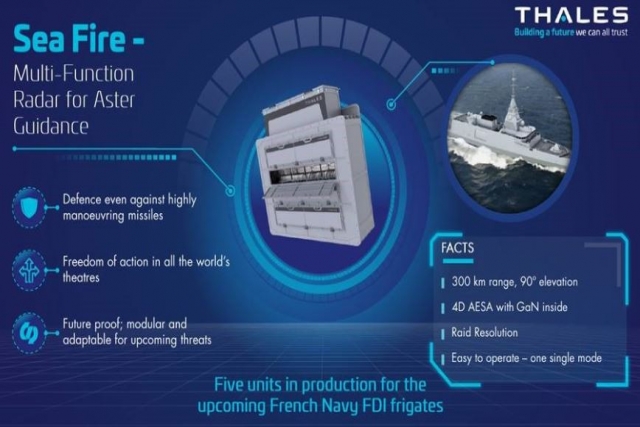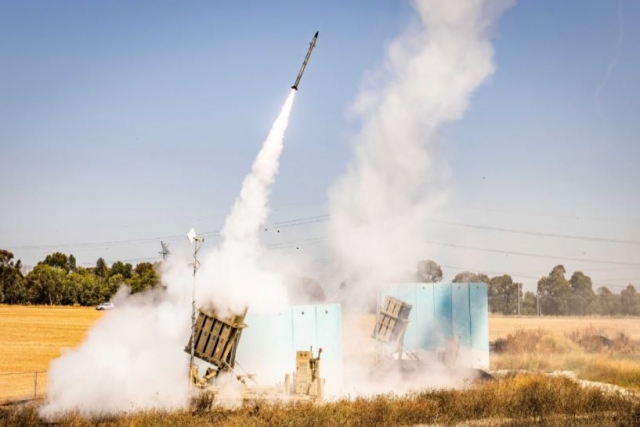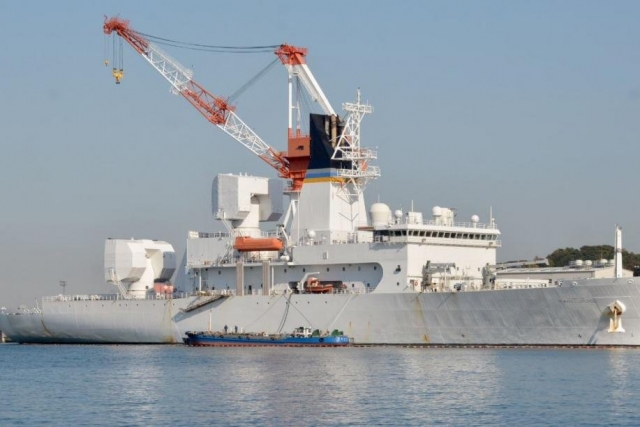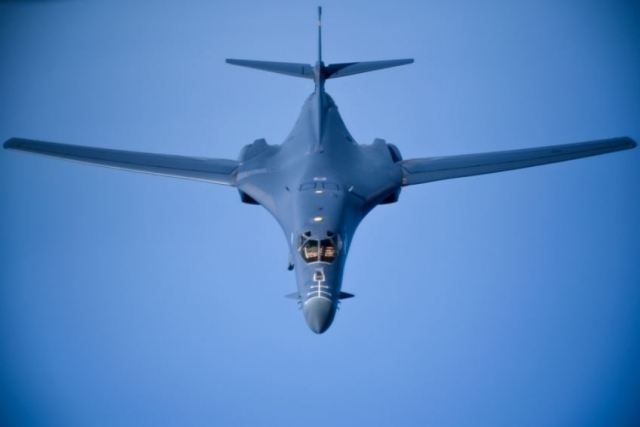U.S. Air Force Tests its TP-75 Ground Deployable Radar
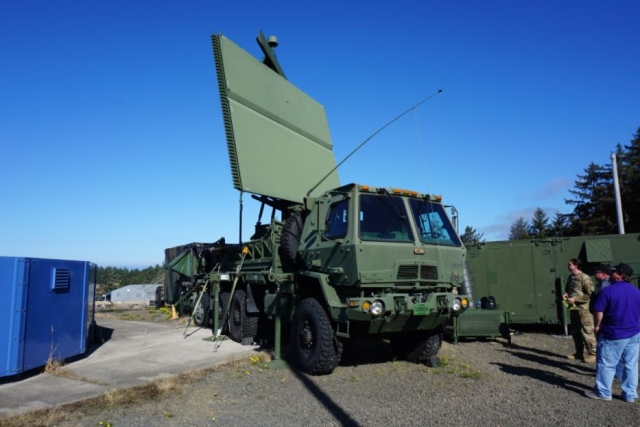
The Control and Reporting Center (CRC) team at the 84th Radar Evaluation Squadron, Hill Air Force Base, recently evaluated the U.S. Air Force's primary ground deployable radar, the TPS-75, at the Oregon Air National Guard's 116th Air Control Squadron, Camp Rilea, Oregon, Sept. 7-24.
The CRC team has a unique mission working on the Air Force's primary ground deployable radar for the entire Department of Defense fleet. The team also directly supports testing and development of the next generation of ground based deployable radars, the Three-Dimensional Expeditionary Long-Range Radar (3DELRR) program.
The three-week TPS-75 baseline evaluation and optimization consisted of strenuous testing, air-traffic analysis using RADES organic software, and optimization of radar parameters, the Air Force said in a release Thursday.
“The CRC team ensures the legacy CRC radar system is operating at its maximum capabilities while ensuring the future of command and control is realized,” said Tech. Sgt. Jeremy Tharp, 84th RADES radar systems evaluator.
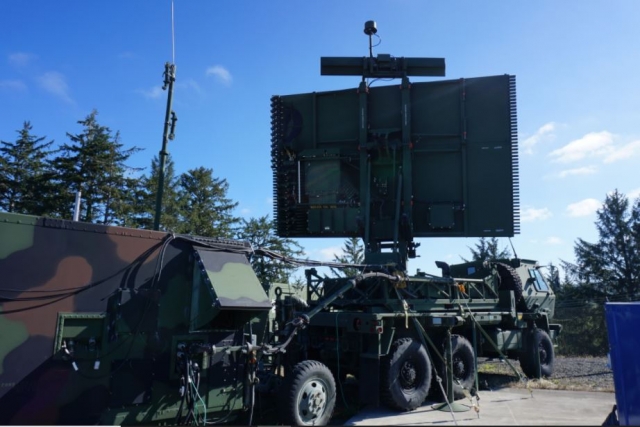
The team's first week out in the field was focused on revealing the current performance of the radar, ensuring all the baseline parameters are optimized for peak TPS-75 performance and performing the site evaluation.
The survey team used their advanced 3D terrestrial laser scanner to capture all of the terrain features and identify obstructions that might interfere with the performance of the radar.
“The TLS sends out hundreds of thousands of laser pulses a second, and as the laser bounces off an obstruction, the beam returns to the machine,” said Staff Sgt. Kerry Moody, 84th RADES radar site evaluator. “Based on the number of data points collected and the reflectance of the object, the scanner can then build a 3D model of the terrain surrounding the radar site.”
To achieve the millimeter accuracy, the survey team requires roughly 60-100 scan positions used in the final survey. “The survey will have over a billion data points, and each point will have very specific information like latitude and longitude, elevation, and temperature,” Moody said.
“The completed survey is used to create radar coverage diagrams which depict that specific radar's ability to track aircraft,” said Jason Kaas, 84th RADES site evaluation section lead. “For instance, if our diagrams predict that a radar should see an aircraft at a specific azimuth, altitude, and distance from the radar, then the technical advisors and radar technicians will use that information during the optimization process to ensure the system is operating at the highest capability.”

Once the baseline was set, the team ensured the antenna itself was as level as possible using a gunner's quadrant, a portable leveling instrument, which enabled them to achieve a precise level of the TPS-75.
“This process resulted in better height distinction and detection, while also ensuring the tilt-sensor circuit was as accurate as possible for targets' heights when it compensates for possible tilt as the antenna spins which are caused by high winds or crosswinds,” Tharp said.
The second week was primarily devoted to in-depth testing utilizing specialized tools within the Radar Analysis Support System for Sites (RASS-S). Most importantly, the team confirmed the sensitivity and bandwidth of the receivers and the strength and roll off of the sensitivity time constants, which ensures the receivers will not be overwhelmed by noise.
According to Tharp, the TPS-75 is a legacy system and the team must always adapt, troubleshoot and help repair the system as needed.
The team used the recorded data and compared performance between recordings and setting tweaks to ensure the radar had the best possible settings for target detection, height reinforcement and small target detection.
The 84th RADES at Hill AFB, Utah, reports to the 505th TTG, assigned to the 505th Command and Control Wing; both headquartered at Hurlburt Field AFB, Fla.
